Desktop I'll never have - examples
Some spot/visual examples about why Linux desktops are not what I want. All examples from Linux Mint, but this is not harsh about Linux Mint, this is about the ethos of most/all Linux desktops. Also see the discussion on why Linux destops disappoint me
Friendly advice ‐ no thanks
I think I said ‘No’. I’m sure I said ‘No’? It’s in preferences someplace, I hope, that I said ‘No’,
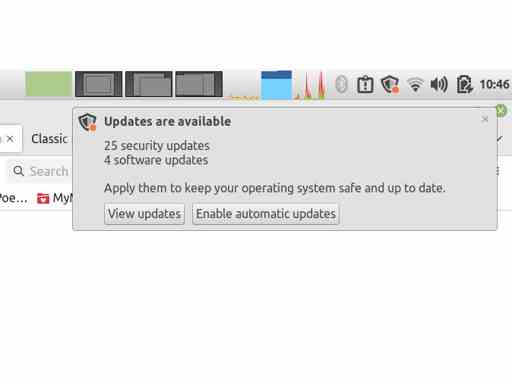
Please, get out of my way.
The file browser bar
This is the new Gtk bar in the file browser called Nemo. It’s great for those who don’t use browsers much, it’s a series of buttons, so you can click and go where you want along the path,
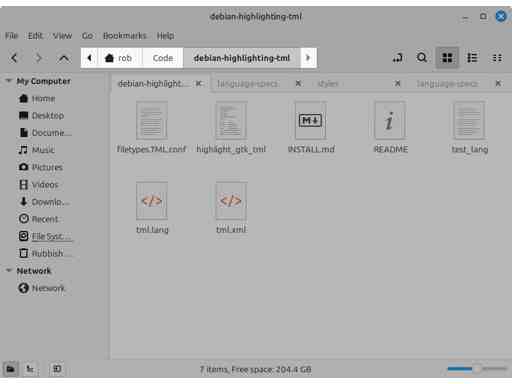
Except, you can’t copy the thing for use in a terminal. There is a shortcut CNTL‐L which will give you a text display. Point is, you could copy that path into a terminal, so switch to a terminal for some kinds of work. But that can’t be set as default,
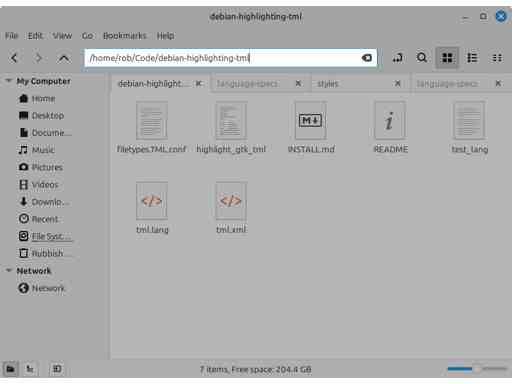
Guess my preference?
Browser opening in terminal
Come to that, can’t we encourage flow between browsers and terminals by being able to open a terminal at the browser address? Ack, then the developers’ll probably start talking about integrating terminals into the browser, like in a code‐writing Integrated Development Environment. Yuch. I suppose in some scenarios I could build myself a plugin…
Synaptic is gone from Linux Mint
Synaptic was the ‘program’ used to download other ‘programs’ for use on a computer (for those who don’t know, Linux mostly keep programs in libraries, so Synaptic is a ‘library browser’). Here is Synaptic,
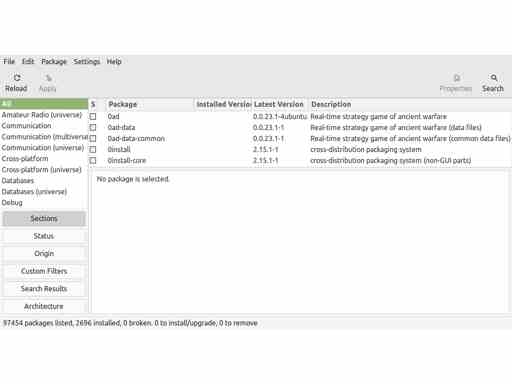
Here, from Linux Mint, is the new library browser, 2025,
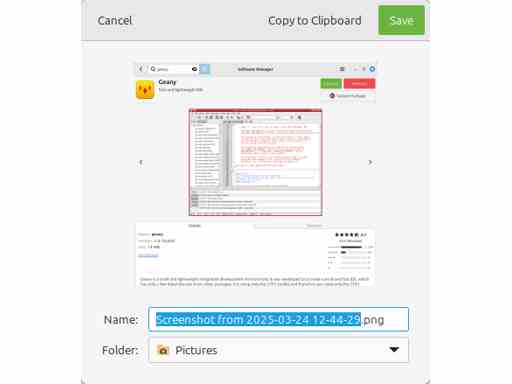
Look at that! Not shown are the software recommendations, but shown are the program screenshots, descriptions, user ratings and builtin progress indications. Very modern.
Except? Well Synaptic,
displayed most of that anyway
(except for screenshots and recommendations, but is that an issue?)
had a compact text‐only display
So would display five, ten or more similar downloads. Including supplementary programs I may have an interest in
displayed everything from the repository
Not the main set of user programs, which enabled me to seek programs buried deep in the system, like alternative desktops, coding support, startup programs…
told me the official state of the program
If was out‐of‐date, unused, etc.
had sortable lists
for finding things I wasn’t sure about
For most, the new browser is what they want and expect. For me, this is a step backwards.
Builtin configuration
Here’s a screenshot of Geany, a text editor for computer code, doing something very interesting. It’s displaying where it’s own configuration files are (since a text editor can edit those files, Geany can then go and change them!),
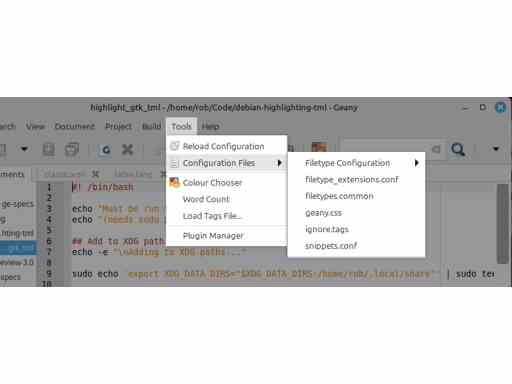
Why can’t every program do something similar?